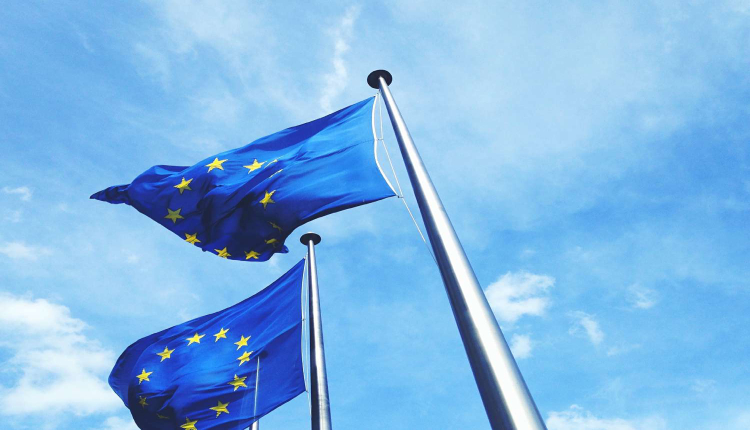The euro area recorded a current account surplus of €40 billion in July 2024, marking a €11 billion decrease from the previous month.
The surplus was driven by goods (€35 billion) and services (€19 billion), though offset by deficits in secondary income (€13 billion) and primary income (€1 billion).
Over the past year, the current account surplus surged to €388 billion, or 2.6 per cent of euro area GDP, up from €71 billion (0.5 per cent of GDP) a year earlier.
Direct investment showed net disinvestments of €106 billion by euro area residents in non-euro area assets, a significant reduction from €279 billion the previous year. Non-residents disinvested €288 billion in euro area assets, down from €323 billion.
In portfolio investment, net purchases of non-euro area equity by euro area residents increased to €78 billion, while net purchases of non-euro area debt securities rose to €399 billion.
Conversely, non-residents’ net purchases of euro area equity climbed to €312 billion, though their net purchases of debt securities fell to €329 billion.
Other investments saw euro area residents’ net acquisitions of non-euro area assets rise to €153 billion and net disposals of liabilities decrease to €254 billion.
The monetary presentation shows a €558 billion increase in net external assets of euro area MFIs, bolstered by current and capital account surpluses and portfolio investment inflows, despite some offset by direct investment outflows.
In July 2024, the Eurosystem’s reserve assets grew to €1,282.8 billion from €1,267.5 billion, driven by positive price changes, particularly in gold, although net asset sales and negative exchange rate changes partially offset this increase.
Attribution: The European Central Bank (ECB)
Subediting: M. S. Salama


